28 Little-Known Italian Car Makers And 5 More You’ve Never Heard Of
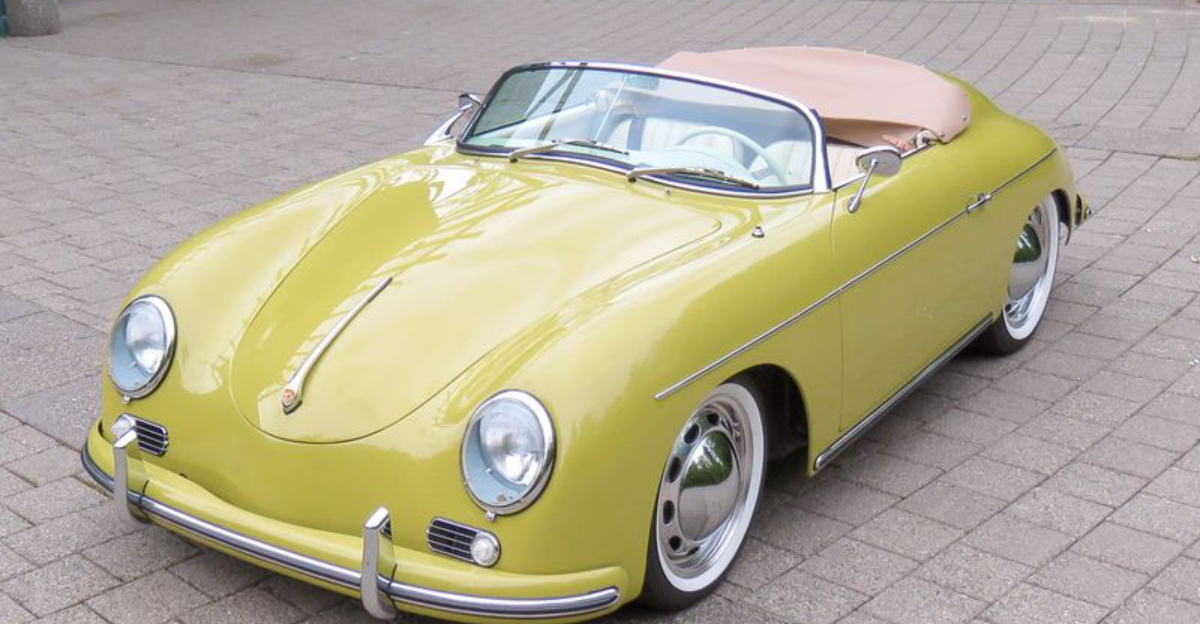
Italy is famous for Ferrari, Lamborghini, and Alfa Romeo, but its automotive history is sprinkled with names that sound more like boutique fashion houses than car builders.
At a hillside rally in northern Italy, a curious onlooker once asked if a sleek coupe was a concept.
The owner laughed. It was a production car, just one built by a company most people didn’t know existed.
Beyond the spotlight, countless Italian makers poured passion into machines that were wild, wonderful, and often completely overlooked.
1. Abarth
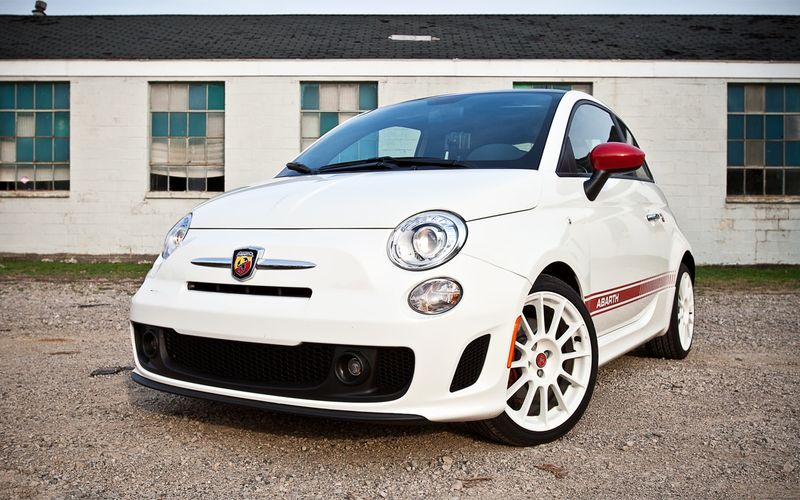
Founded by Carlo Abarth in 1949, this feisty manufacturer started by creating performance exhaust systems before evolving into a full-fledged tuning house.
The company’s scorpion logo became synonymous with speed and agility. Abarth specialized in transforming ordinary Fiats into pocket rockets, giving humble family cars unexpected performance credentials.
Recently revived by Fiat, modern Abarths continue the tradition of punching well above their weight class in the performance department.
2. Autobianchi

Born from a collaboration between Bianchi (a bicycle maker), Pirelli, and Fiat in 1955, Autobianchi served as Fiat’s testing ground for innovative concepts.
Their stylish Bianchina models turned heads throughout the 1960s with their distinctive styling. The revolutionary A112 became a cult classic, especially in Abarth trim.
Despite producing some genuinely forward-thinking designs, the brand was gradually absorbed into the Lancia division by the 1980s, leaving behind a legacy of charming, innovative vehicles.
3. Bizzarrini
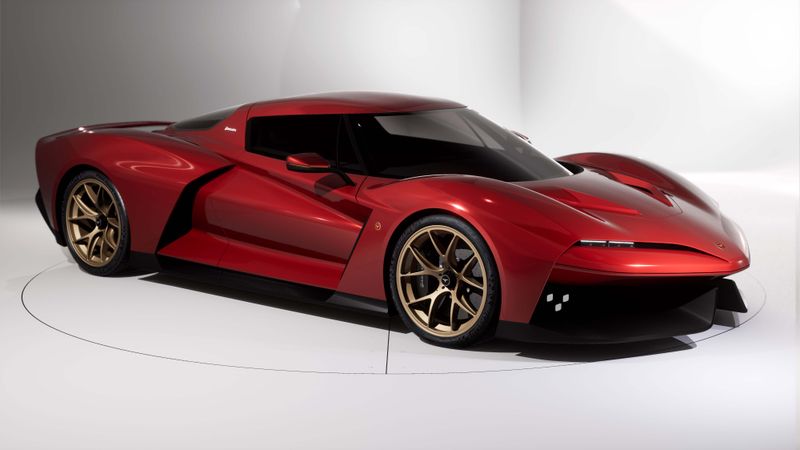
Giotto Bizzarrini, the engineering genius behind Ferrari’s legendary 250 GTO, established his own company in 1964 after a famous fallout with Enzo Ferrari.
His creations blended breathtaking design with racing-derived engineering excellence. The 5300 GT remains his crowning achievement—a low-slung, voluptuous GT with American V8 power.
Though the original company lasted only until 1969, producing fewer than 200 cars, Bizzarrini’s influence on automotive design remains immeasurable.
Recently, the brand has been revived with plans for new limited-production supercars.
4. Cizeta
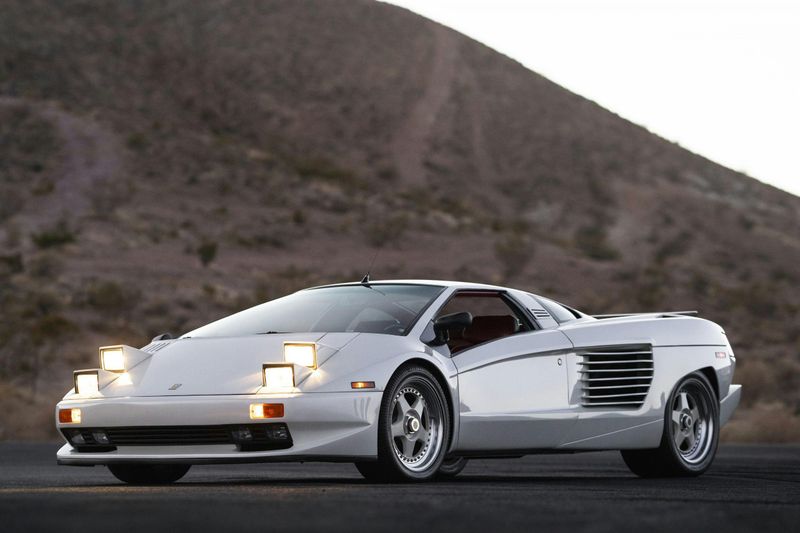
Music producer Claudio Zampolli and composer Giorgio Moroder created automotive history with the Cizeta V16T in the early 1990s.
What made gearheads drool? A transversely-mounted sixteen-cylinder engine—hence the ‘T’ in V16T.
With its quad pop-up headlights and outrageous styling by Marcello Gandini (who designed the Lamborghini Countach), the Cizeta screamed excess.
Only a handful were ever built, making them among the rarest Italian exotics. Each example cost over $650,000 in early 1990s money, ensuring their exclusive status.
5. De Tomaso
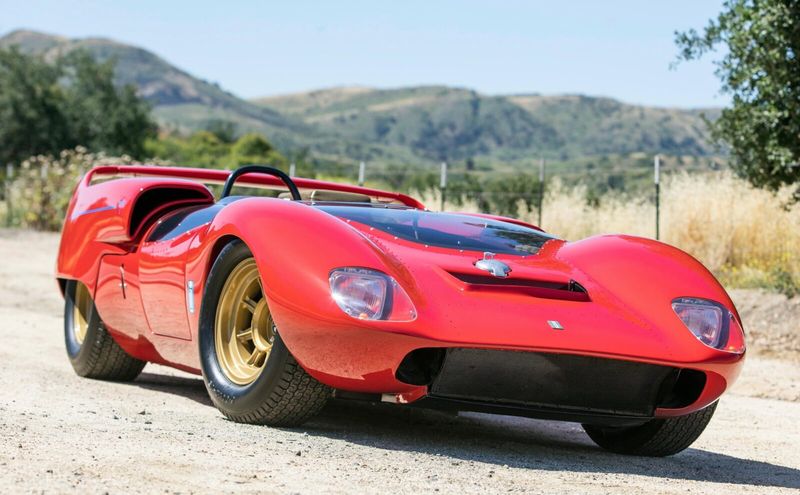
Alejandro de Tomaso, an Argentine racing driver turned entrepreneur, founded his company in Modena in 1959.
His masterstroke came in 1970 with the Pantera—a mid-engine supercar with Ford V8 power that could be serviced at your local Ford dealer.
Elvis Presley famously owned a Pantera and reportedly shot it when it wouldn’t start!
Beyond the Pantera, De Tomaso produced the elegant Mangusta and later owned Maserati for a period. After several revivals, the brand continues today with the stunning P72 supercar.
6. Iso Rivolta
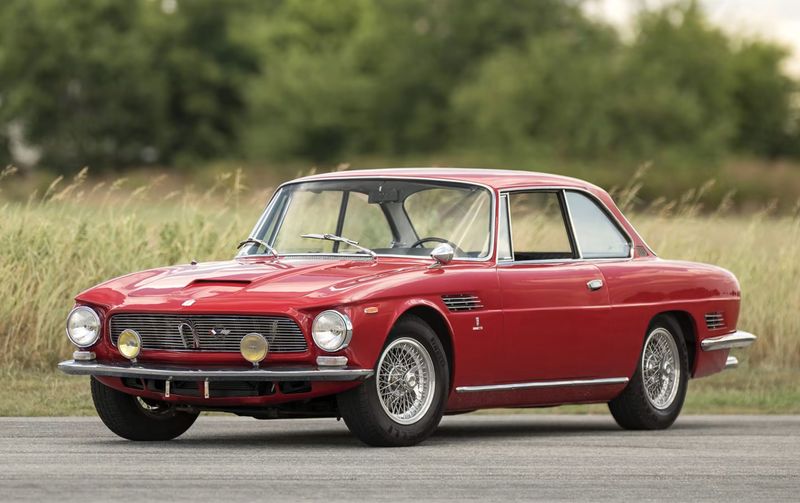
Before making cars, Iso produced the iconic Isetta bubble car (later licensed to BMW).
When Renzo Rivolta shifted to GT cars in the 1960s, he created something special—gorgeous Italian bodies with reliable American V8 engines.
The Grifo remains their masterpiece, combining Bertone styling with Corvette power. Jay Leno owns one and calls it among his favorite cars.
Though production ended in the 1970s during the oil crisis, these Italian-American hybrids represent a fascinating “best of both worlds” approach to sports car building.
7. Itala
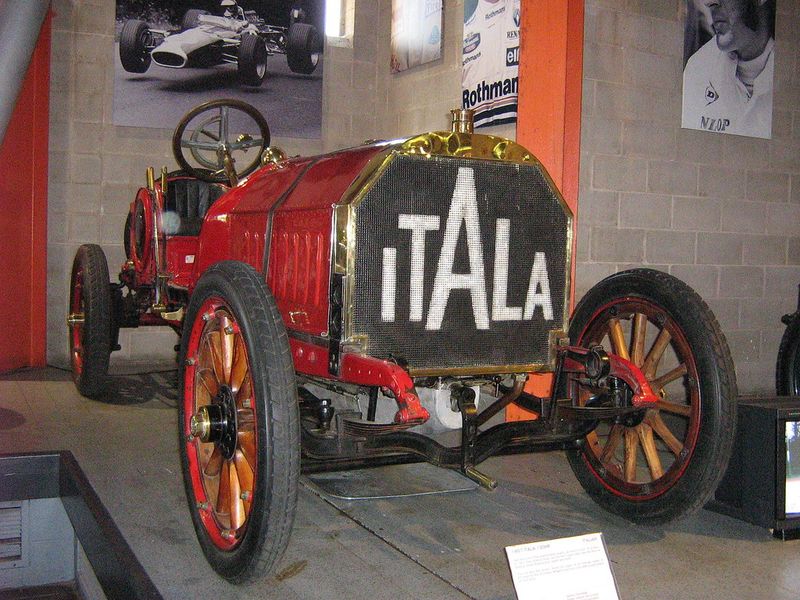
Long before Ferrari dominated racing, Itala made headlines by winning the grueling 1907 Peking-to-Paris race—an 8,000-mile adventure across continents.
The winning car can still be seen in Turin’s automobile museum today!
Founded in 1904, Itala produced innovative luxury cars featuring advanced engineering for their era. King Edward VII of England was among their distinguished customers.
Though the company didn’t survive past 1935, their contributions to early automotive development and motorsport glory secured their place in Italian car history.
8. Innocenti
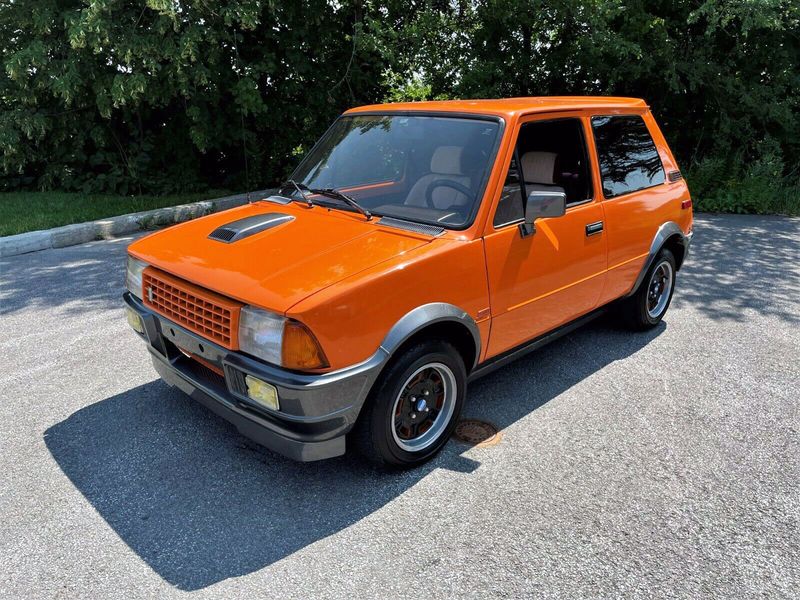
Ferdinando Innocenti started making steel tubing in the 1920s, but his company became famous for producing the beloved Lambretta scooters after WWII.
When they entered car production, they took an unexpected approach—building British Minis under license with Italian flair.
Their Mini Cooper equivalent, the Innocenti Mini, featured revised styling by Bertone that many consider more attractive than the original.
The company also produced the charming A40S Combinata and later the sporty Innocenti De Tomaso before production ended in the 1990s.
9. Intermeccanica
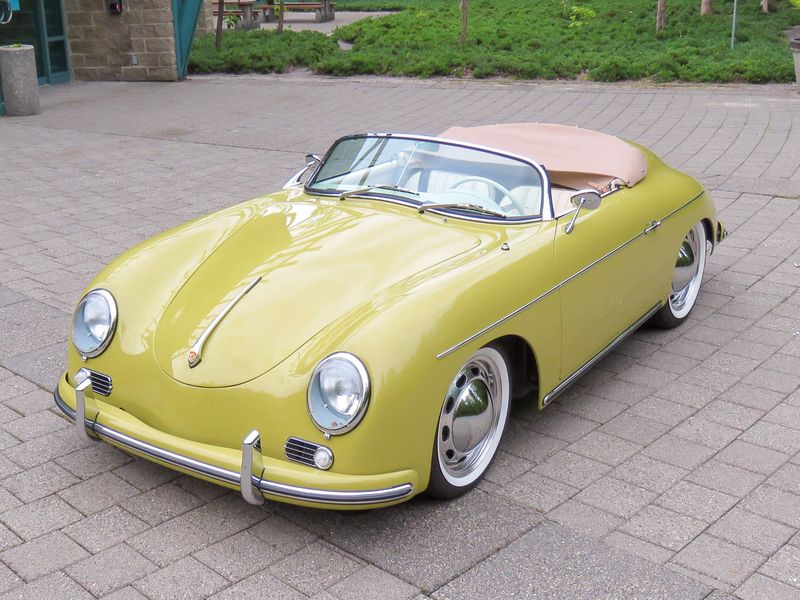
Hungarian-born Frank Reisner established Intermeccanica in Turin in 1959, creating a unique transatlantic sports car legacy.
Their gorgeous Italia model combined voluptuous Italian styling with reliable American V8 power.
After moving operations to Canada in the 1980s, the company began producing Porsche 356 replicas that have earned respect for their quality and authenticity.
Unlike many small manufacturers that disappeared, Intermeccanica continues operations today in Vancouver, where they still hand-build sports cars with old-world craftsmanship.
10. Lancia
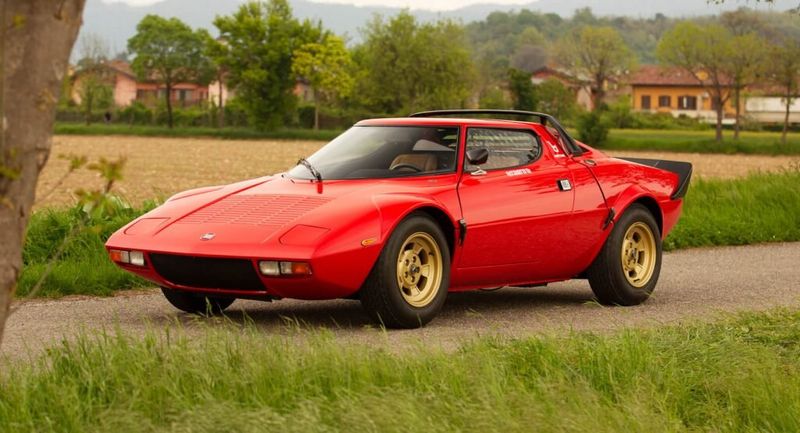
While Lancia might be better known than some on this list, few realize this brand pioneered technologies we now take for granted.
They introduced the first production V6 engine (1950), the first monocoque chassis (Lambda, 1922), and five-speed transmissions when others used three.
Their rally dominance with the Stratos, 037, and Delta Integrale remains legendary.
Unfortunately, years of neglect under Fiat ownership reduced this once-prestigious marque to a shadow of its former self, currently selling just one model in Europe.
11. Moretti
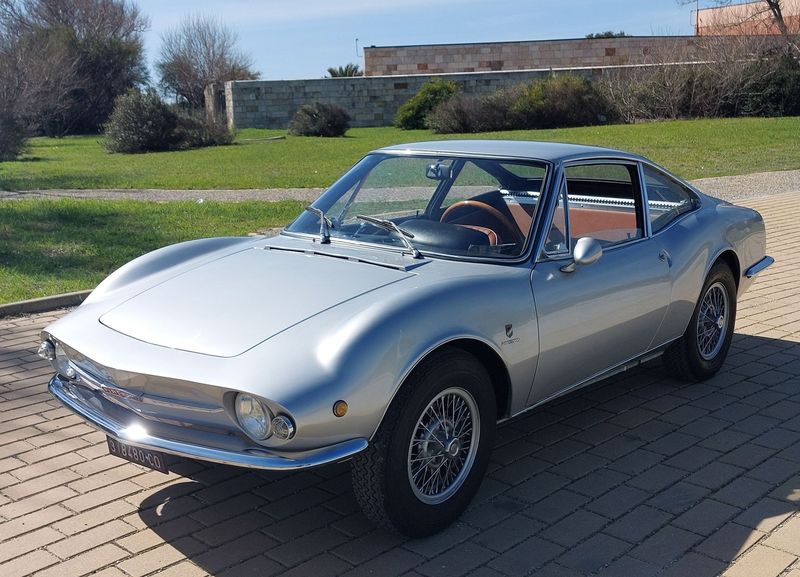
Giovanni Moretti started with motorcycles in 1925 before transitioning to microcars and eventually sports cars.
During the economic boom years following WWII, Moretti found success with tiny, fuel-efficient vehicles perfect for navigating narrow Italian streets.
Later, they specialized in creating specially bodied versions of Fiat models, adding distinctive styling and luxury touches.
Their miniature 750 Tour du Monde is especially charming—looking like a scaled-down GT car.
Though production ended in the late 1980s, these characterful little cars maintain a devoted following among Italian car enthusiasts.
12. OSCA
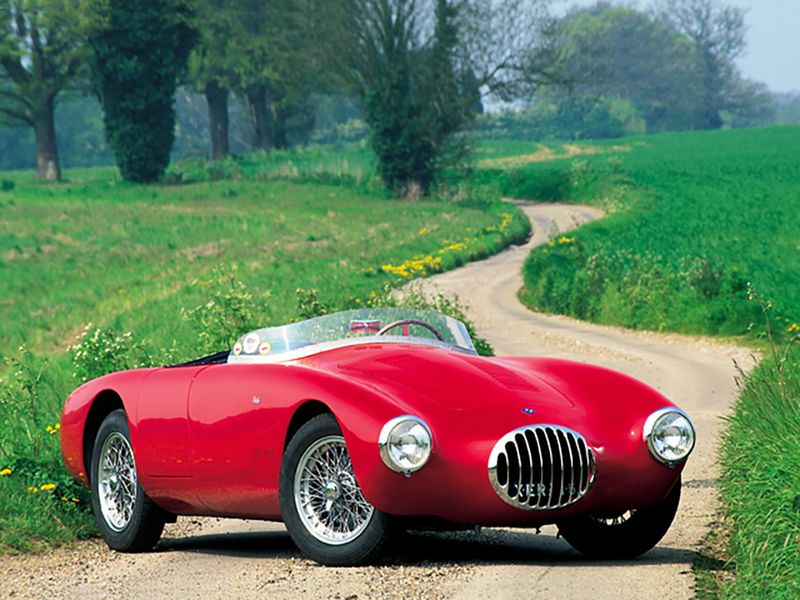
After selling their namesake company, the Maserati brothers weren’t finished with cars.
They founded OSCA (Officine Specializzate Costruzione Automobili) in 1947 to build exclusive racing and sports cars their way—without corporate interference.
OSCA’s small-displacement racers punched far above their weight, even defeating Ferrari at the 1954 Sebring 12 Hours.
Their road cars, particularly the delightful 1600 GT, featured exquisite craftsmanship and surprising performance from their modest engines.
Though production ended in 1967, these cars represent the pure vision of the talented Maserati brothers.
13. Siata
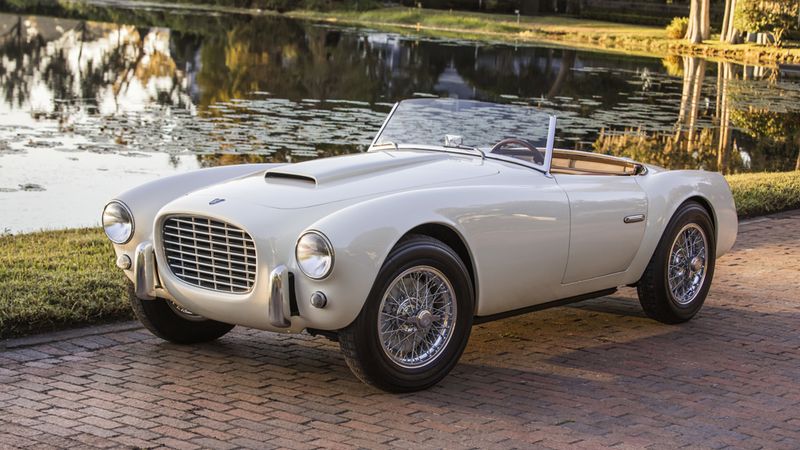
Società Italiana Auto Trasformazioni Accessori (Siata) began in 1926 as a tuning company making performance parts for Fiats.
After WWII, they evolved into a full manufacturer creating exquisite small-volume sports cars that remain highly prized by collectors.
Their masterpiece, the 208S Spyder, used Fiat’s tiny V8 engine in a beautiful hand-crafted body.
Actor Steve McQueen owned one, painted British racing green instead of Italian red! Despite their obscurity today, Siata’s creations represent the pinnacle of small-displacement Italian sports cars of their era.
14. Stanguellini
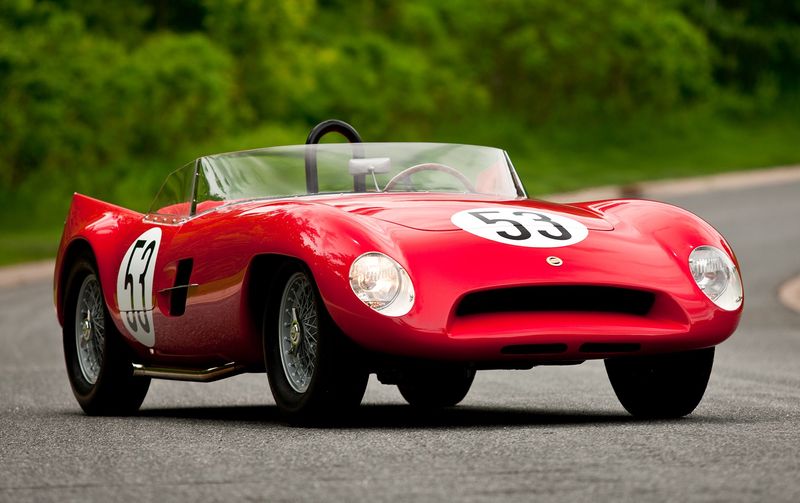
From their base in Modena, Stanguellini created some of the most successful small-displacement racing cars of the 1950s.
Their lightweight Formula Junior racers dominated their category before the British invasion led by Cooper. Vittorio Stanguellini had a genius for extracting maximum performance from standard Fiat components.
Their road cars were equally impressive—the Stanguellini 1100 Berlinetta is a diminutive masterpiece that looks like a miniature Ferrari.
Though production was always limited, these cars exemplify the Italian tradition of creating extraordinary machines from ordinary components.
15. Giottiline

Breaking from the sports car tradition, Giottiline represents Italy’s excellence in a different automotive field—luxury motorhomes and camper vans.
Founded in 2004 in Tuscany, they craft some of Europe’s most stylish recreational vehicles. Their designs incorporate distinctly Italian flair, with interiors that would make luxury yacht designers jealous.
While not as glamorous as supercars, Giottiline’s creations showcase the same attention to detail and style that characterizes Italian design.
Their Therry model has become particularly popular among European travelers seeking comfort with Mediterranean style.
16. DR Automobiles
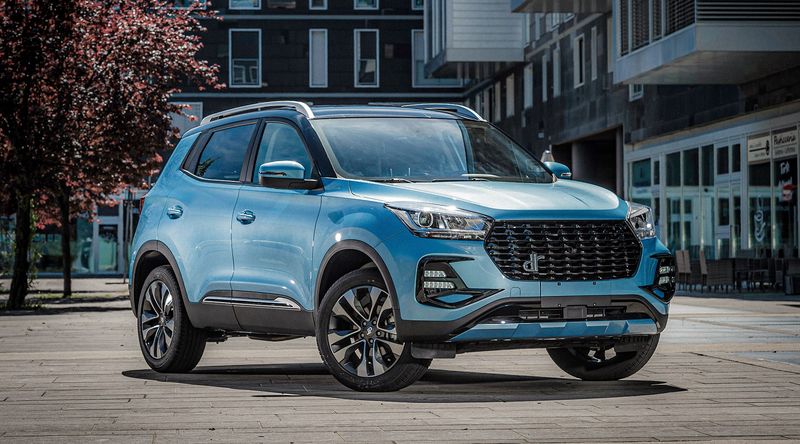
One of Italy’s newest car manufacturers, DR Automobiles was founded in 2006 by Massimo Di Risio in Molise.
Their unusual business model involves taking Romanian-built Dacia vehicles and Chinese designs, then reworking them with Italian styling touches.
Offering remarkable value for money, DR has found a growing market in Italy for these budget-friendly vehicles with Mediterranean flair.
While purists might scoff, DR represents a pragmatic approach to keeping Italian car manufacturing alive in an era of globalization and consolidation.
17. Ferves
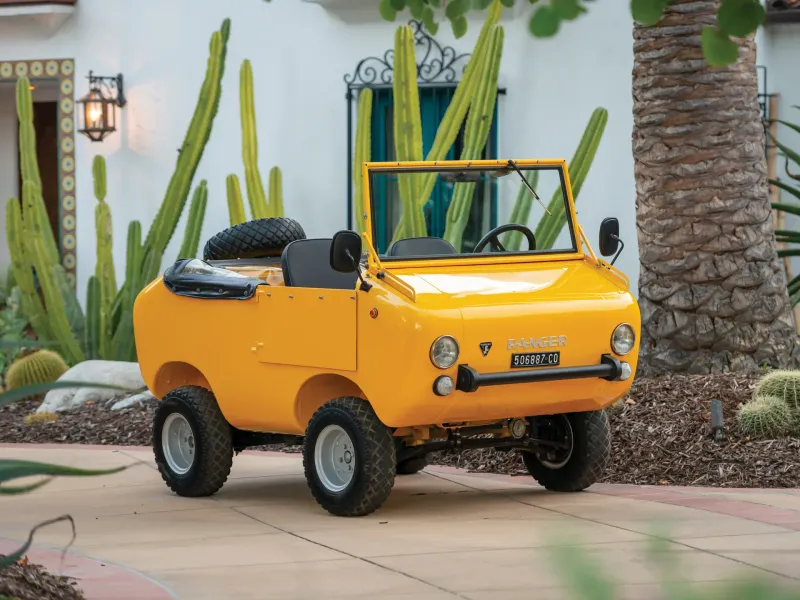
Looking like the love child of a Fiat 500 and a farm implement, the Ferves Ranger is among the strangest Italian vehicles ever made.
Built from 1966 to 1971, this quirky 4×4 used Fiat 500 mechanicals in a purpose-built off-road body.
With just 18 horsepower, it wasn’t fast, but its tiny size and four-wheel drive made it surprisingly capable off-road.
Only about 600 were produced, finding favor with farmers, mountain rescue teams, and the Italian military. Today, these rare oddballs command surprising prices at collector auctions.
18. Rayton Fissore
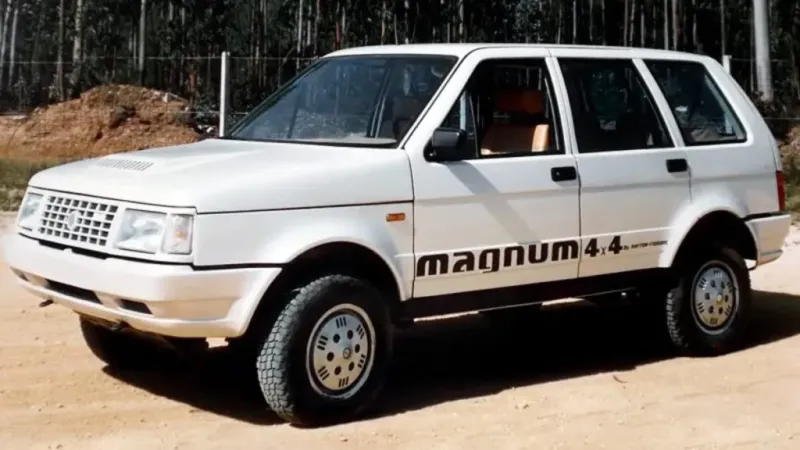
Before the luxury SUV boom, Rayton Fissore created the Magnum—a vehicle decades ahead of its time.
Based on an Iveco truck chassis but dressed in elegant bodywork by Tom Tjaarda (who designed the De Tomaso Pantera), it offered Range Rover capability with Italian style.
Launched in 1985, it even reached American shores as the “Laforza.” Notable owners included Sylvester Stallone and numerous professional athletes.
Despite its innovative concept, financial troubles ended production in the 1990s, though the company briefly attempted revivals before finally closing.
19. Casalini
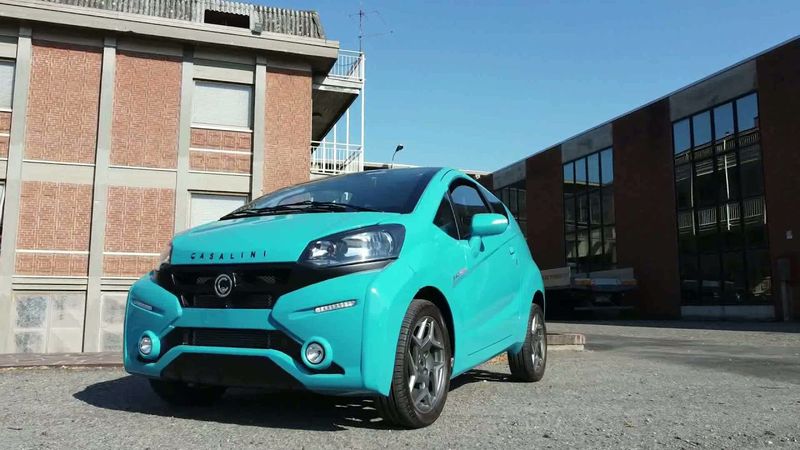
Since 1939, Casalini has specialized in producing microcars so small they can be driven in some European countries without a full driver’s license.
Their current models like the M20 look like shrunken luxury cars, complete with leather interiors and modern tech.
Powered by small diesel or electric motors, these tiny vehicles are perfect for navigating congested Italian cities.
Though they’ll never win drag races (top speed is limited to 45 km/h by law), they represent a practical Italian approach to urban mobility with more style than a scooter and more protection from the elements.
20. Covini
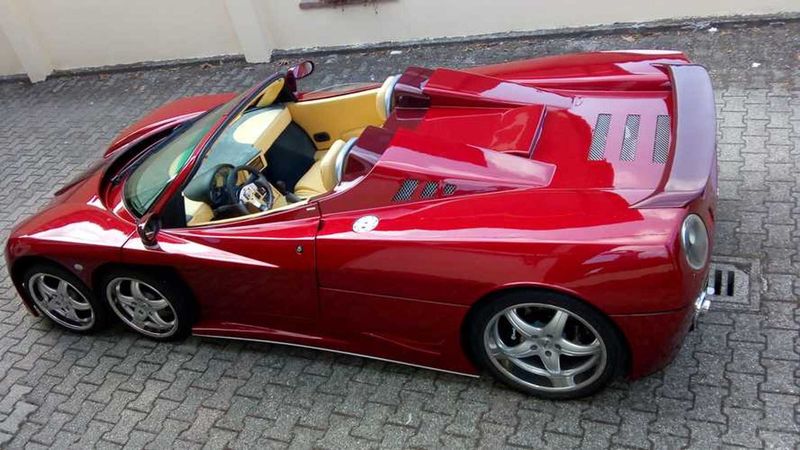
Ferruccio Covini had a vision in the 1970s—a six-wheeled supercar with four steering front wheels. Decades later, he finally realized his dream with the Covini C6W, first shown in 2004.
The unusual configuration isn’t just for show. The additional front axle provides better braking, reduced risk of front tire blowouts, and improved handling.
Powered by an Audi V8 engine producing 434 horsepower, this hand-built exotic remains extremely rare, with fewer than 10 examples believed to exist. Each one is custom-built to order in Covini’s small workshop.
21. Fornasari
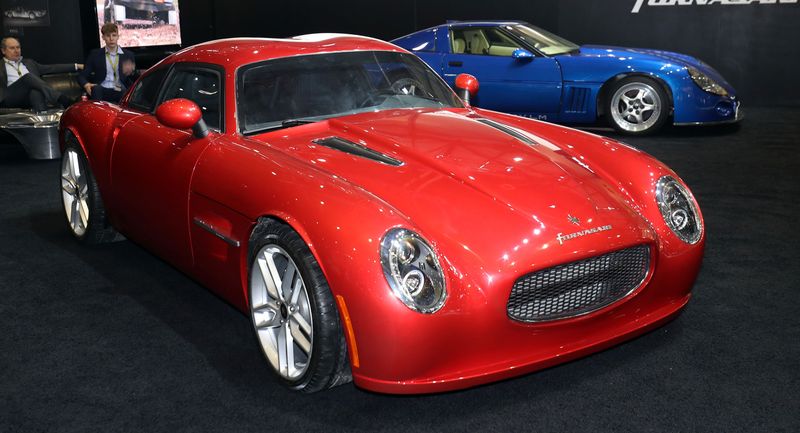
Giuseppe Fornasari created some of Italy’s most flamboyant vehicles from 1999 until the company’s closure in 2015.
Combining American V8 power with Italian design flair, their RR450 and RR99 models defied categorization—part supercar, part off-roader, all attitude.
With their massive wheels, ground clearance, and aggressive styling, Fornasari vehicles looked ready for a post-apocalyptic world.
Despite price tags exceeding $200,000, they found a small market among wealthy individualists seeking something no one else at the country club would drive.
22. Picchio
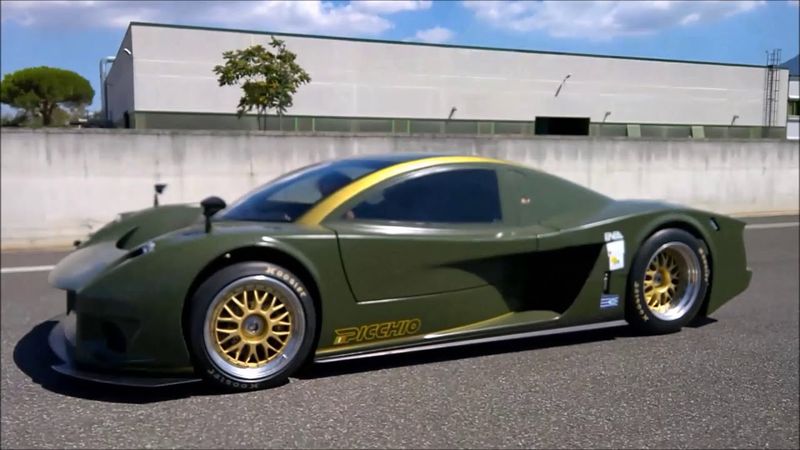
From their headquarters in the Le Marche region, Picchio has been building racing cars since 1989.
Their specialty lies in creating lightweight, purpose-built racing prototypes for hillclimb events and endurance racing.
The Picchio DP2 became their most successful model, competing in international events including the 24 Hours of Daytona.
Beyond racecars, they briefly produced the road-legal Picchio Daytona, a limited-production sports car with a BMW engine.
Though small in scale, Picchio represents Italy’s racing tradition beyond the famous names of Ferrari and Maserati.
23. Dallara
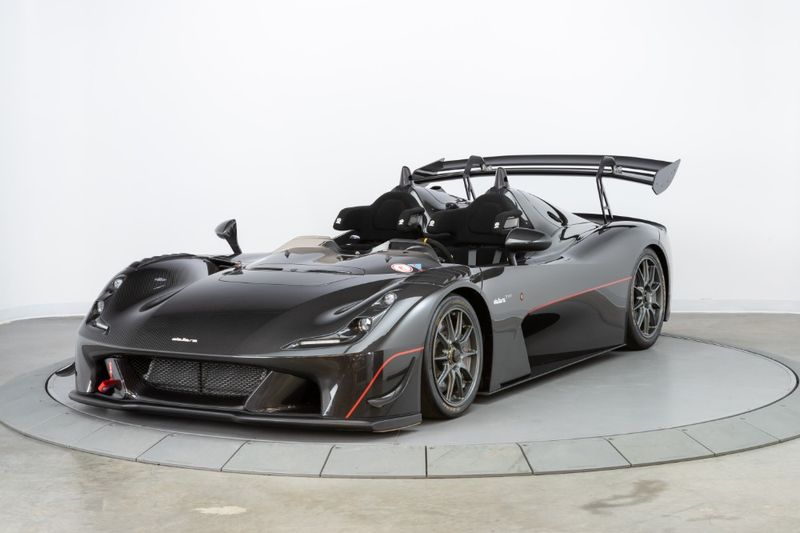
While not a household name, Dallara might be the most successful Italian car manufacturer you’ve never heard of.
Founded by Gian Paolo Dallara (who previously worked for Ferrari, Maserati, and Lamborghini) in 1972, they dominate motorsport engineering.
Every IndyCar chassis since 2007 has been a Dallara. They also build chassis for Formula 2, Formula 3, and many other racing series.
In 2017, they finally created their first road car—the exquisite Stradale, a lightweight track-focused machine representing decades of racing expertise distilled into a street-legal package.
24. Faralli & Mazzanti
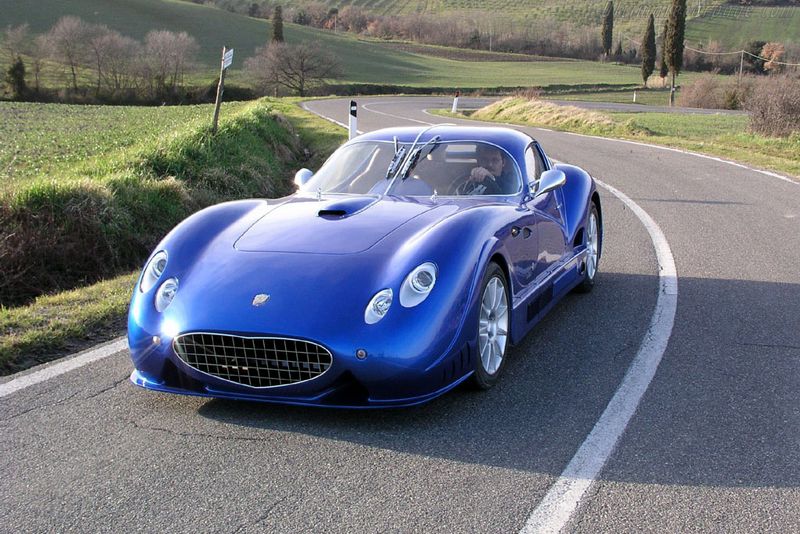
In an old carriage workshop in Tuscany, Faralli & Mazzanti handcraft some of the world’s most exclusive automobiles.
Their Evantra model, limited to just five examples per year, combines retro-inspired styling with modern supercar performance.
Each vehicle is essentially bespoke, with customers deeply involved in the design process.
Earlier F&M creations like the Antas V8 and Vulca S took inspiration from 1930s Italian luxury cars, reinterpreting classic themes with modern engineering.
For collectors seeking something truly unique, these automotive sculptures represent the pinnacle of Italian craftsmanship.
25. Spada Vetture Sport

Ercole Spada designed some of history’s most beautiful cars while working for Zagato, including the Aston Martin DB4 GT Zagato and Alfa Romeo Junior Zagato.
In 2008, he founded his own company with his son to build cars according to his personal vision.
Their first creation, the Codatronca, featured a distinctive truncated tail inspired by aerodynamic theories from the 1960s.
The follow-up Codatronca Monza removed the roof for an even more extreme experience. These hand-built specials combine old-school design philosophy with modern performance in true Italian tradition.
26. Martin Motors

Martin Motors took an unusual approach to Italian car manufacturing—importing Chinese vehicles and adapting them for European tastes and regulations.
From 2006 to 2015, they sold vehicles under the Bubble, Noble, and Minicar names.
While purists might question their inclusion in Italian automotive history, Martin Motors represented a pragmatic attempt to keep Italian jobs in the automotive sector during challenging economic times.
Their factory in Tuscany modified the imported vehicles with improved interiors, adjusted suspensions, and styling tweaks to better appeal to Italian consumers.
27. Effeffe Cars

Founded by the Frigerio brothers (hence F.F.), Effeffe Cars creates brand-new vintage sports cars built exactly as they would have been in the 1950s.
Their Berlinetta model looks like it rolled straight out of an Italian motorsport event from 1959.
Unlike many “retro” cars that merely mimic vintage styling, Effeffe uses traditional construction methods—hand-beaten aluminum bodies over tubular steel frames.
No computers, no modern production techniques. Each car requires thousands of hours of artisanal labor, resulting in a driving experience impossible to replicate with modern vehicles.
28. ATS (Automobili Turismo e Sport)
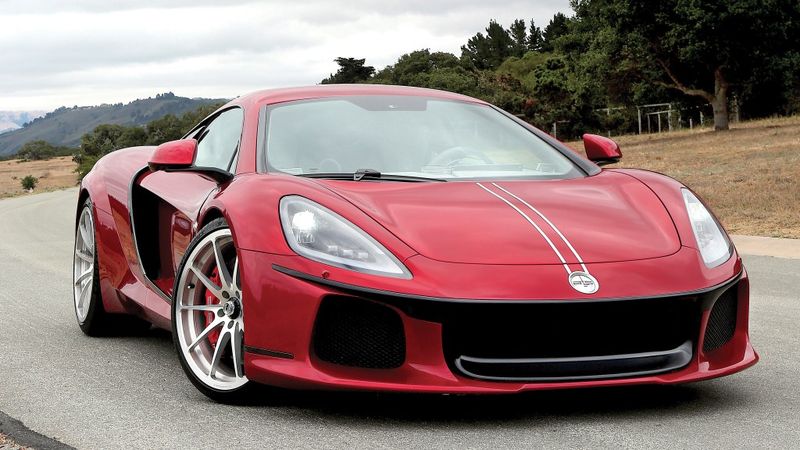
ATS emerged from Ferrari’s infamous “Palace Revolt” of 1961, when key engineers and managers left after clashing with Enzo Ferrari.
Their ambitious plan? Beat Ferrari at his own game by creating both a Formula 1 team and a road-going supercar.
The resulting ATS 2500 GT was a technical marvel featuring a mid-mounted V8 when most sports cars (including Ferraris) were still front-engined.
Despite innovative engineering, the venture failed by 1964. The ATS name was later revived for modern supercars, including the wild ATS GT, continuing the rebellious spirit of the original company.
29. Vygor
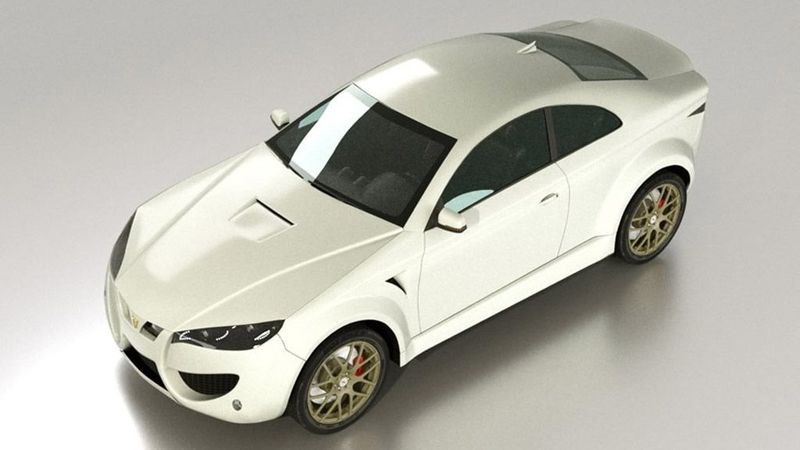
Born in 2011 in Tuscany, Vygor attempted something truly unique – a high-riding supercar called the Opera.
Neither sports car nor SUV, this oddball creation inhabited a strange middle ground that left automotive journalists scratching their heads.
Powered by a turbocharged 2.0-liter engine producing up to 420 horsepower, the Opera promised supercar acceleration with unexpected ground clearance.
The company claimed it represented a new vehicle category: the “RUV” or Racing Utility Vehicle.
Only a handful were ever built before Vygor vanished around 2015, making it one of Italy’s most short-lived automotive ventures.
30. Nardi

Most car enthusiasts recognize Nardi for their beautiful wooden steering wheels, but few realize the company actually built complete automobiles.
Founded by former racing driver Enrico Nardi in 1946, the company started by crafting competition cars for wealthy clients.
Their masterpiece was the Nardi 750 Bisiluro (“Twin Torpedo”), an asymmetrical racing oddity with the driver seated in one pod and the engine in another!
This bizarre layout actually competed at Le Mans in 1955.
Enrico Nardi’s workshop also collaborated with Ferrari on early prototypes, showing their engineering prowess extended far beyond those gorgeous steering wheels they’re famous for today.
31. Tecnica Meccanica
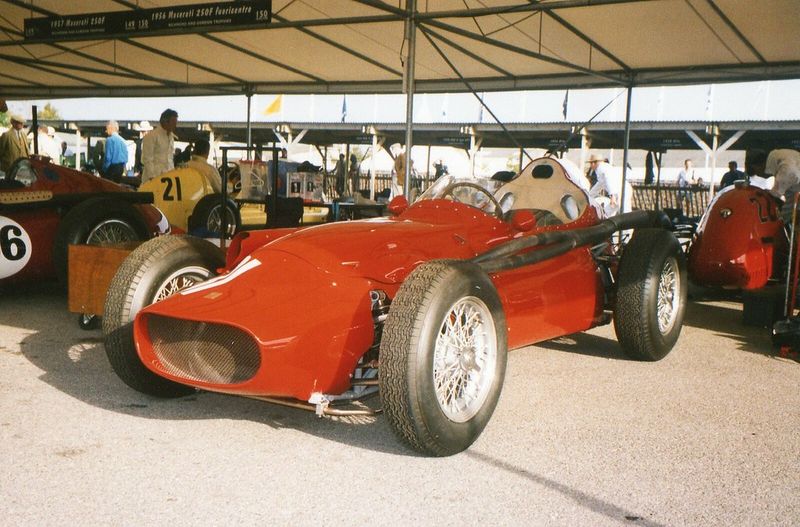
“What happens when a refrigerator company builds a car?” wasn’t a question many were asking in the 1960s, but Tecnica Meccanica (or TECNO) provided an answer anyway.
Originally manufacturing refrigeration equipment, this Bologna-based company pivoted to racing cars with surprising success!
Their Formula Junior and Formula 3 racers dominated European circuits, even launching future F1 champion Ronnie Peterson’s career.
The company’s brief foray into Formula 1 in 1972-73 proved less successful, with their radical flat-12 engine design proving troublesome.
TECNO’s road car, the stylish Gordini 1100, remained a prototype that never reached production.
32. Serenissima
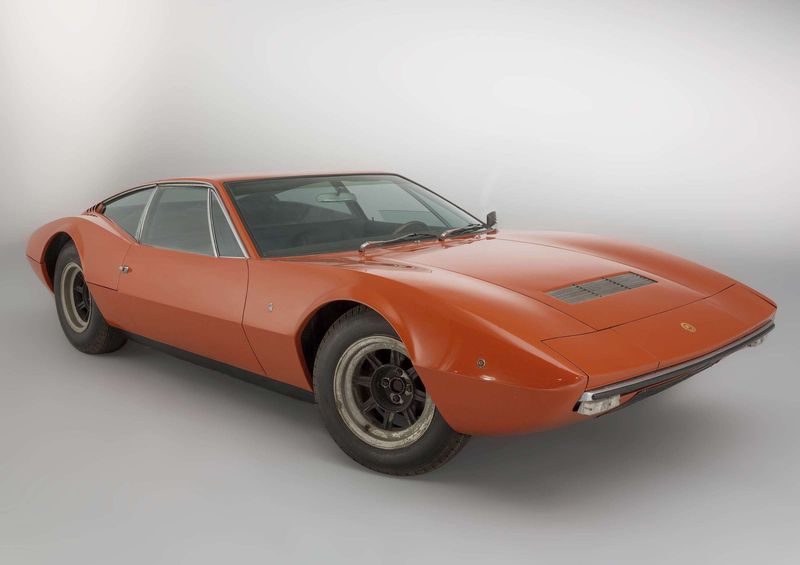
Aristocrat Count Giovanni Volpi didn’t just want to own exotic cars – he wanted to create them.
After falling out with Enzo Ferrari in the early 1960s, the wealthy Venetian nobleman established Serenissima, named after the ancient Republic of Venice.
The count’s crowning achievement was the stunning Serenissima Agena GT, powered by a 3.5-liter V8 designed entirely in-house.
With its elegant Ghia-designed bodywork and racing pedigree (they entered Le Mans in 1966), these machines were legitimate Ferrari rivals.
A Serenissima Agena sold at auction in 2019 for over $4.5 million, proving the count’s vision was indeed valuable.
33. Fratelli Ceirano

Before Ferrari, before Lamborghini, even before FIAT became a powerhouse, there were the Ceirano brothers.
These automotive pioneers essentially planted the seeds for Italy’s entire car industry in the 1890s through early 1900s.
Giovanni Battista Ceirano established one of Italy’s very first car companies in 1898, which he promptly sold to a group of investors who renamed it FIAT!
His brothers Matteo, Giovanni and Ernesto subsequently founded multiple companies including STAR, SPA, and Junior.
Their innovative designs included early race cars and luxury vehicles that competed with the best European manufacturers of the era.
